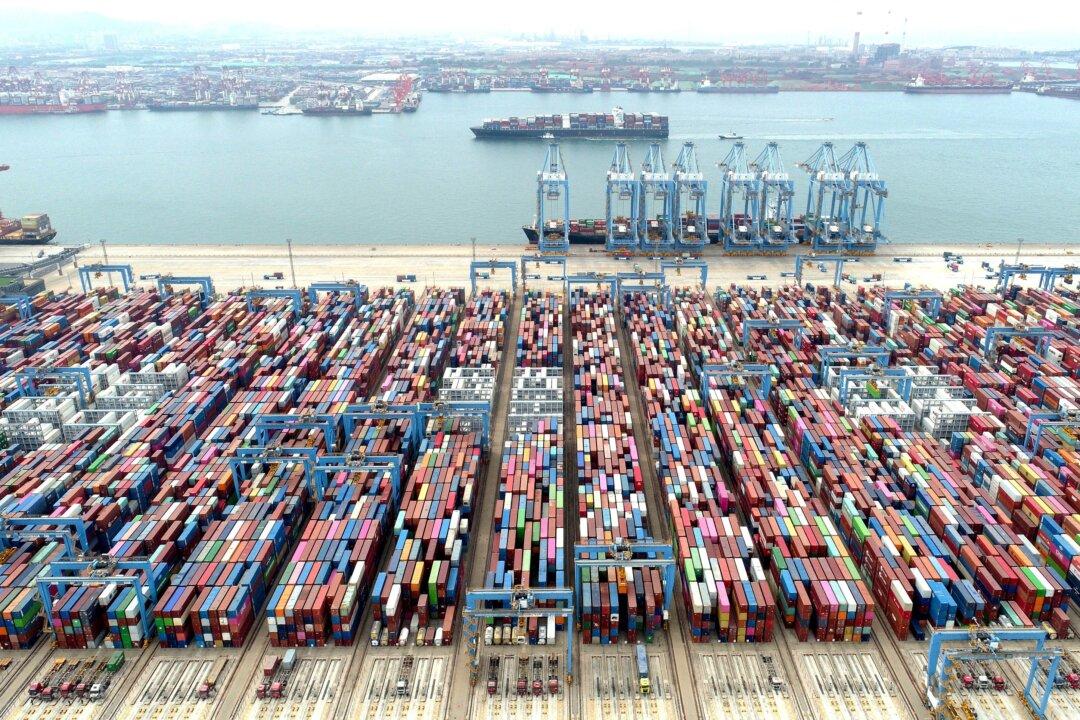Container production is waning in China, where empty containers collect in ports amid weakening exports. All these are indicators that China’s shipping industry is in a state of decline.
Data shows that the global production of new containers in the first quarter of 2023 has fallen to the lowest since 2010.





